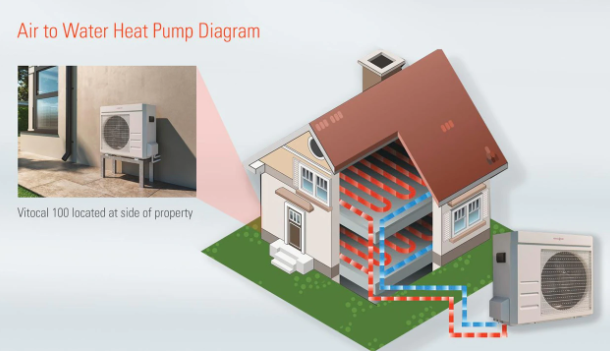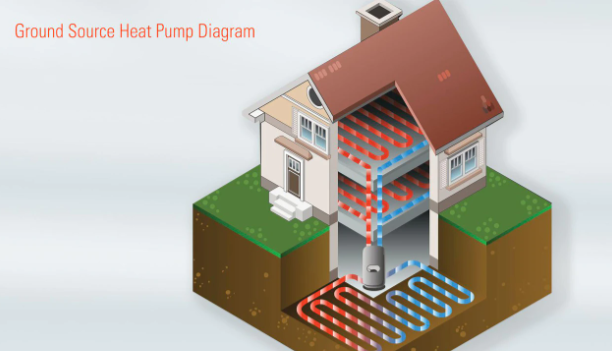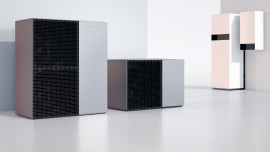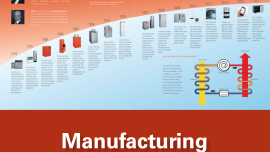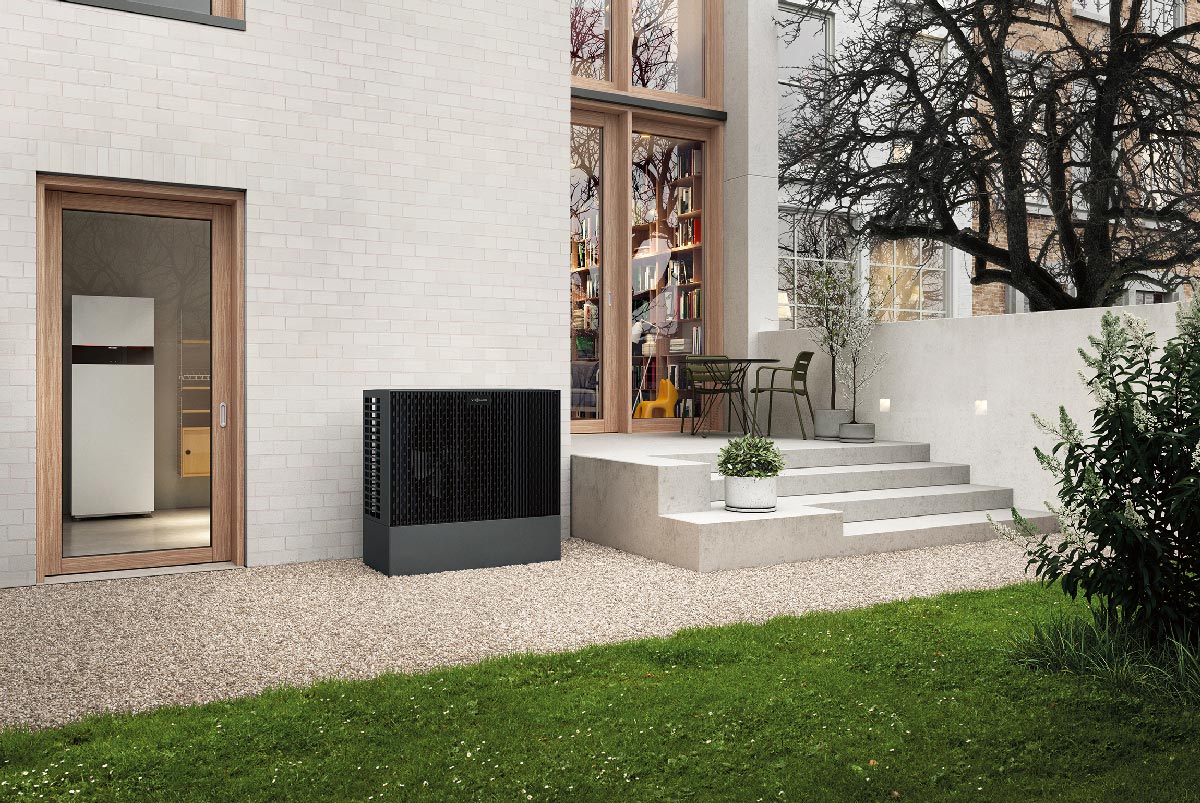
The Ultimate Guide to Air-to-Water Heat Pumps in Ireland: Everything You Need to Know
The Ultimate Guide to Air-to-Water Heat Pumps in Ireland: Everything You Need to Know
Air-to-water heat pumps are a type of heating system that extracts heat from the outside air and transfers it indoors to provide warmth. Unlike traditional heating systems that generate heat through combustion or electrical resistance, air-to-water heat pumps use a refrigeration cycle to move heat from one place to another. This technology makes them highly efficient and environmentally friendly.
In Ireland, air-to-water heat pumps are becoming increasingly popular due to their energy efficiency and cost savings. With rising energy prices and a growing concern for the environment, homeowners are looking for alternative heating solutions that can reduce their carbon footprint and save them money in the long run. Air-to-water heat pumps offer both of these benefits, making them an attractive option for those looking to upgrade their heating system.
Summary
-
- Air to water heat pumps are a cost-effective and energy-efficient way to heat and cool your home.
- There are different types of air-to-water heat pumps, including split systems and multi-split systems.
- Choosing the right size air-to-water heat pump for your home is important for optimal performance and energy savings.
- The installation process for air-to-water heat pumps can vary depending on the type and size of the system.
- Government grants and incentives are available in Ireland to help offset the cost of air-to-water heat pumps.
How Air to Water Heat Pumps Work
Air-to-water heat pumps work by utilizing the principles of refrigeration. The process begins with the outdoor unit, which contains a compressor and a fan. The compressor pressurizes the refrigerant, causing it to become hot. The fan then blows air over the hot refrigerant, transferring the heat from the refrigerant to the outdoor air.
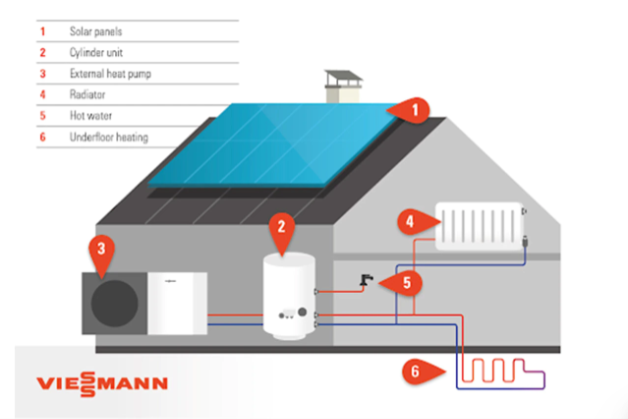
The hot refrigerant then travels through a series of pipes to the indoor unit, which contains another fan and a heat exchanger. The fan blows indoor air over the heat exchanger, transferring the heat from the refrigerant to the indoor air. The now-cooled refrigerant returns to the outdoor unit, where it is compressed again and the cycle continues.
Benefits of Air-to-Water Heat Pumps
One of the main benefits of air-to-water heat pumps is their energy efficiency, which can result in significant cost savings for homeowners. These systems can produce up to three times more energy than they consume, making them highly efficient compared to traditional heating systems. This efficiency is achieved by extracting heat from the outside air rather than generating it from scratch.
In addition to energy efficiency, air-to-water heat pumps also improve indoor air quality. Unlike combustion-based heating systems, which can produce pollutants and allergens, heat pumps do not burn fuel and therefore do not release any harmful emissions into the air. This can be particularly beneficial for individuals with respiratory conditions or allergies.
Air-to-water heat pumps are also versatile and easy to use. They can provide both heating and cooling, making them suitable for year-round use. Additionally, they can be controlled remotely through a smartphone or other smart devices, allowing homeowners to adjust the temperature and settings from anywhere in the house.
From an environmental standpoint, air-to-water heat pumps are a greener alternative to traditional heating systems. By using renewable energy from the outside air, they reduce reliance on fossil fuels and help to lower carbon emissions. This makes them a more sustainable choice for homeowners who are conscious of their environmental impact.
Types of Air-to-Water Heat Pumps
|
Air Source Heat Pump
|
|
Ground Source Heat Pump
|
| Hybrid Heat Pump |
There are several types of air-to-water heat pumps available on the market, each with its own advantages and applications. The most common types include single-split systems, multi-split systems, ducted systems, and portable systems.
Single split systems consist of one outdoor unit and one indoor unit. They are ideal for heating or cooling individual rooms or small spaces. Multi-split systems, on the other hand, have multiple indoor units connected to a single outdoor unit. This allows for zoned heating and cooling, making them suitable for larger homes or commercial buildings.
Ducted systems are designed to provide whole-house heating and cooling. They use a network of ducts to distribute conditioned air throughout the entire building. This type of system is often preferred in new construction or major renovations where ductwork can be installed.
Portable systems are compact and mobile units that can be easily moved from room to room. They are a convenient option for those who need temporary or supplemental heating or cooling in specific areas.
Choosing the Right Size Air-to-Water Heat Pump for Your Home
Choosing the right size air-to-water heat pump for your home is crucial to ensure optimal performance and energy efficiency. Factors to consider when sizing a heat pump include the size and layout of your home, insulation levels, and the local climate.
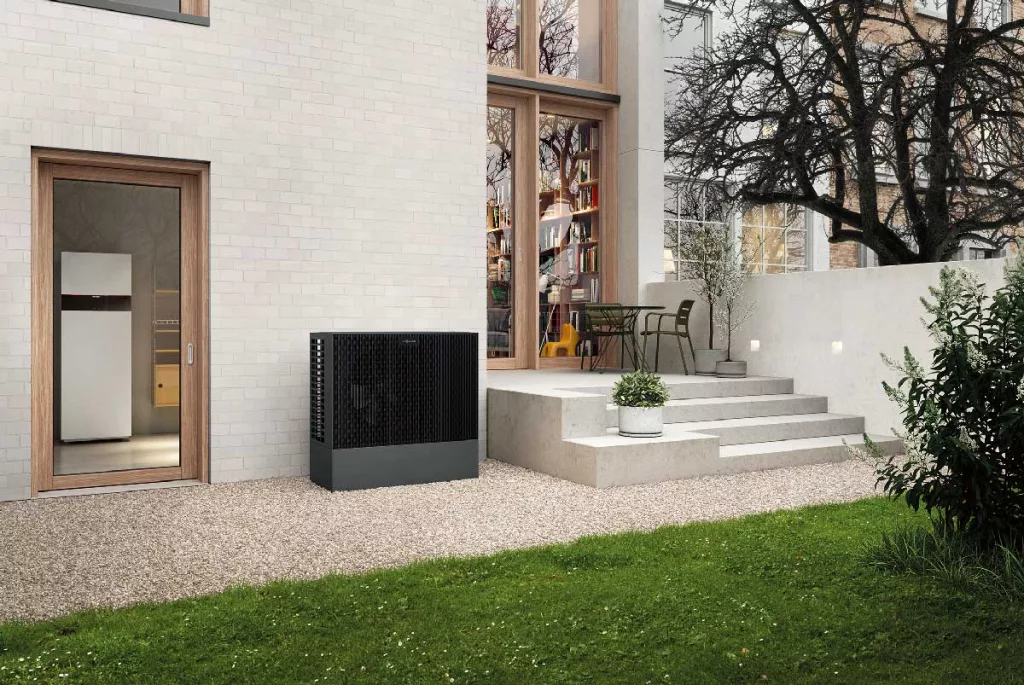
To calculate the heating and cooling load of your home, you will need to consider factors such as the square footage, ceiling height, number of windows and doors, and the insulation levels in walls and ceilings. This information can be used to determine the heat loss and gain of your home, which will help determine the appropriate size of the heat pump.
It is important to note that professional sizing and installation are essential for achieving optimal performance. A qualified technician will have the knowledge and expertise to accurately assess your home’s heating and cooling needs and recommend the right size heat pump for your specific requirements.
Installation Process for Air to Water Heat Pumps
The installation process for air to water heat pumps typically involves several steps. First, the outdoor unit is mounted on a suitable location outside the house. This unit needs to be placed in an area with good airflow and away from any obstructions that could impede its performance.
Next, refrigerant lines are run from the outdoor unit to the indoor unit(s). These lines carry the refrigerant between the two units and must be properly insulated to prevent heat loss or gain. The indoor unit(s) are then installed in strategic locations within the house, taking into consideration factors such as airflow and aesthetics.
Once all the units are in place, electrical connections are made to power the system. This includes connecting the outdoor unit to a dedicated electrical circuit and wiring the indoor unit(s) to a thermostat or control panel. Finally, the system is tested to ensure it is functioning properly and providing adequate heating or cooling.
Common installation challenges that may arise include limited space for outdoor unit placement, the need for additional electrical work, or the need for ductwork installation in the case of ducted systems. However, a qualified installer will be able to overcome these challenges and ensure a smooth installation process.
Maintenance and Upkeep of Air to Water Heat Pumps
Regular maintenance is essential to keep your air to water heat pump running smoothly and efficiently. Some of the maintenance tasks that should be performed include cleaning or replacing air filters, checking refrigerant levels, inspecting electrical connections, and cleaning the outdoor unit of any debris or vegetation.
It is also important to be aware of signs that your heat pump may need repair or replacement. These signs can include reduced heating or cooling performance, unusual noises, or increased energy consumption. If you notice any of these signs, it is recommended to contact a qualified technician to assess the system and determine the appropriate course of action.
When it comes to finding a qualified technician for maintenance and repairs, it is advisable to choose someone who is experienced and certified in heat pump installation and servicing. The technician should have a good understanding of the specific make and model of your heat pump and be able to provide reliable and efficient service.
Cost of Air to Water Heat Pumps in Ireland
The cost of purchasing and installing an air to water heat pump in Ireland can vary depending on several factors. On average, the cost can range from €10,000 to €20,000 or more, depending on the size and type of system, as well as any additional installation requirements.
Factors that can affect the cost include the size of your home, the number of indoor units required, the complexity of the installation process, and any additional features or accessories you may choose to include. It is important to obtain multiple quotes from reputable installers to ensure you are getting a fair price for your specific requirements.
When budgeting for a heat pump installation, it is also important to consider the long-term cost savings that can be achieved. While the upfront cost may be higher compared to traditional heating systems, the energy efficiency and cost savings over time can offset this initial investment.
Government Grants and Incentives for Air to Water Heat Pumps
In Ireland, homeowners can take advantage of government grants and incentives to help offset the cost of installing an air to water heat pump. The Sustainable Energy Authority of Ireland (SEAI) offers a grant of up to €3,500 for heat pump installations. This grant is available to homeowners who meet certain eligibility criteria and is intended to encourage the adoption of renewable energy technologies.
In addition to the SEAI grant, there may be other incentives and rebates available at the local or regional level. It is recommended to check with your local authorities or energy providers to see if there are any additional incentives that you may qualify for.
To apply for grants and incentives, homeowners will typically need to provide documentation such as proof of ownership, energy bills, and quotes from certified installers. It is important to carefully review the application requirements and ensure all necessary documentation is provided in order to maximize your chances of receiving the grant or incentive.
Frequently Asked Questions about Air to Water Heat Pumps
1. Are air to water heat pumps noisy?
Air-to-water heat pumps are designed to operate quietly, A heat pump may be slightly noisier than a boiler. This is because of the fan that is used to draw the air into the unit. The noise level can vary depending on the make and model of the heat pump, so it is advisable to choose a unit that has been specifically designed for low-noise operation. Depending on the system and the quality of the installation, your air source heat pump should produce around 40 to 60 dB of noise. A computer is around 40 dB and a refrigerator is around 50 dB, so pumps are not very loud. Some heat pumps may have advanced acoustic design which will help to minimise noise.
2. How efficient are air to water heat pumps?
Air to water heat pumps are highly efficient, with a typical coefficient of performance (COP) ranging from 3 to 4. This means that for every unit of electricity consumed, the heat pump can produce three to four units of heat. This high efficiency is achieved by extracting heat from the outside air rather than generating it from scratch.
3. How often should air filters be cleaned or replaced?
Air filters should be cleaned or replaced regularly to ensure optimal performance and indoor air quality. The frequency will depend on factors such as the level of dust and pollutants in your area, as well as the usage of the heat pump. As a general guideline, it is recommended to check the filters every three to six months and clean or replace them as needed.
Is an Air Source Heat Pump Right for Your Home?
In conclusion, air to water heat pumps offer numerous benefits that make them an attractive option for homeowners in Ireland. Their energy efficiency and cost savings, improved indoor air quality, versatility, and environmental benefits make them a greener and more sustainable choice compared to traditional heating systems.
When considering whether an air to water heat pump is right for your home, it is important to take into account factors such as the size and layout of your home, insulation levels, and your heating and cooling needs. Consulting with a qualified installer can help you determine the appropriate size and type of heat pump for your specific requirements.
With government grants and incentives available, now is a great time to consider installing an air to water heat pump in your home. By taking advantage of these incentives and investing in a high-quality system, you can enjoy the benefits of energy-efficient heating and cooling while reducing your carbon footprint and saving money in the long run.



